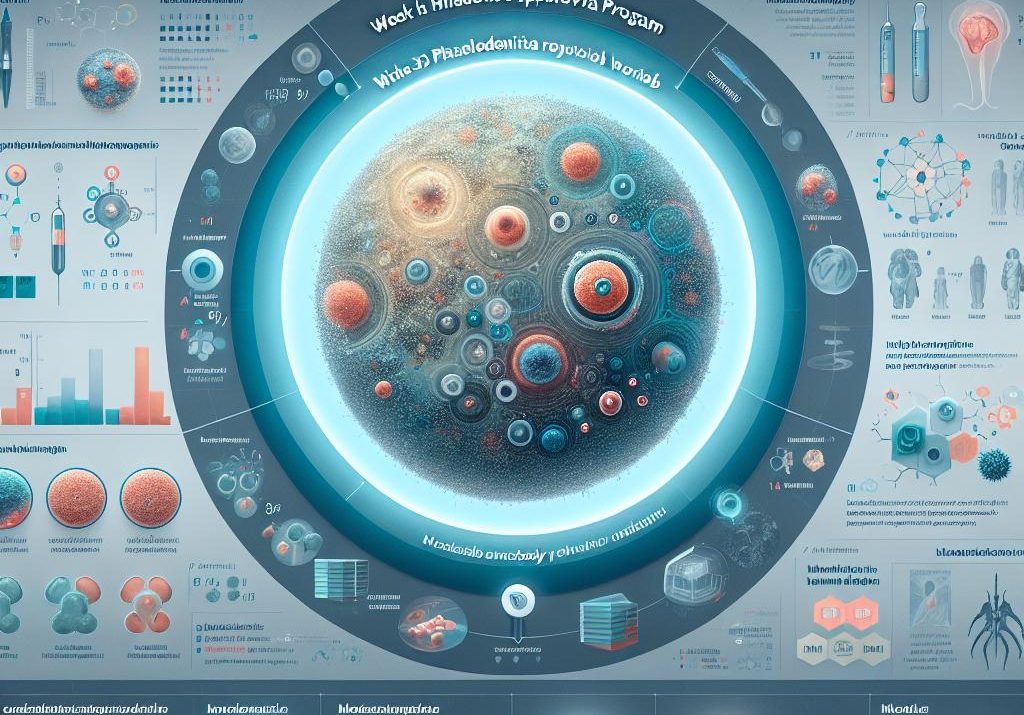MoonLake Immunotherapeutics reported week 16 readouts from its two pivotal Phase 3 trials in hidradenitis suppurativa. In VELA-1, sonelokimab met the primary endpoint of HiSCR75 versus placebo under the pre-specified composite analysis; in VELA-2, the study narrowly missed significance on the same primary analysis due to a higher-than-expected placebo response. Using the protocol-defined treatment policy analysis, both trials achieved statistically significant HiSCR75 at week 16, with response rates of 35% and 36% for sonelokimab versus 18% and 26% for placebo. All key secondary endpoints—including HiSCR50, IHS4-55, pain reduction, and dermatology quality-of-life improvements—were met across both studies. Safety remained in line with the IL-17 class with no new signals identified. MoonLake plans to engage regulators on the path to registration while the trials progress to 52-week data.
The mixed primary outcome sets up a real-world test of how regulators weigh estimands and intercurrent event handling in inflammatory dermatology. The composite strategy, designated primary for both trials, is the conventional path to approval, yet the robustness of convergent efficacy across both estimands and the consistency of secondary endpoints may carry weight. The strategic question for Commercial and Medical Affairs leaders is whether a totality-of-evidence approach—supported by stringent endpoints like HiSCR75—can overcome a single pivotal’s near-miss driven by placebo inflation.
This matters now because HS is moving rapidly beyond its TNF-era baseline into an IL-17-driven market structure, with greater expectations for depth and speed of response, lesion resolution, and patient-reported outcomes. For patients and dermatology teams, the signal is clinically relevant: approximately one in three sonelokimab-treated patients reached HiSCR75 by week 16, pain scores improved meaningfully in about 30%, and nearly 60% achieved DLQI gains of at least four points. For payers, the debate shifts to evidentiary quality and durability: will HiSCR75, IHS4-55, and pain/QoL gains hold through 52 weeks and translate into reduced surgeries, emergency visits, and antibiotic burden—measures that move budget impact models? For competitors in the IL-17 class, the bar has been raised on endpoint stringency and PROs; demonstrating superiority or practical differentiation may hinge on draining tunnel resolution, onset, and sustained response.
Operationally, sonelokimab’s every-other-week induction to week six followed by monthly maintenance aligns with prevailing IL-17 dosing norms, easing HCP adoption. The nanobody construct positions MoonLake to argue for tissue penetration advantages in deep lesions, but the safety narrative will need careful stewardship, particularly around manageable class effects such as oral candidiasis, to satisfy both prescribers and formularies. Medical Affairs will be pivotal in decoding estimand choices for stakeholders, harmonizing endpoint education, and seeding real-world evidence on surgical avoidance, productivity gains, and adherence in routine practice.
The broader trend is unmistakable: dermatology programs are tightening clinical thresholds (HiSCR75 over HiSCR50), embedding estimand frameworks, and leaning into PROs that resonate with HTAs. Simultaneously, placebo creep in inflammatory conditions is forcing sponsors to harden trial operations and diversify analytical strategies. With adolescent HS, psoriatic arthritis, and other indications advancing, MoonLake is building a multi-indication platform that could de-risk commercialization and enable cross-indication contracting if HS momentum holds.
The next catalyst will be week 52 durability and tunneling outcomes, alongside regulatory feedback on the composite versus treatment policy narrative. The strategic watchpoint: will regulators and payers accept a HiSCR75-forward dossier with one trial’s composite miss, provided durability, healthcare utilization, and RWE converge—or will the IL-17 race in HS demand unequivocal, dual-study composite wins to unlock preferred access and first-line positioning?
Jon Napitupulu is Director of Media Relations at The Clinical Trial Vanguard. Jon, a computer data scientist, focuses on the latest clinical trial industry news and trends.







